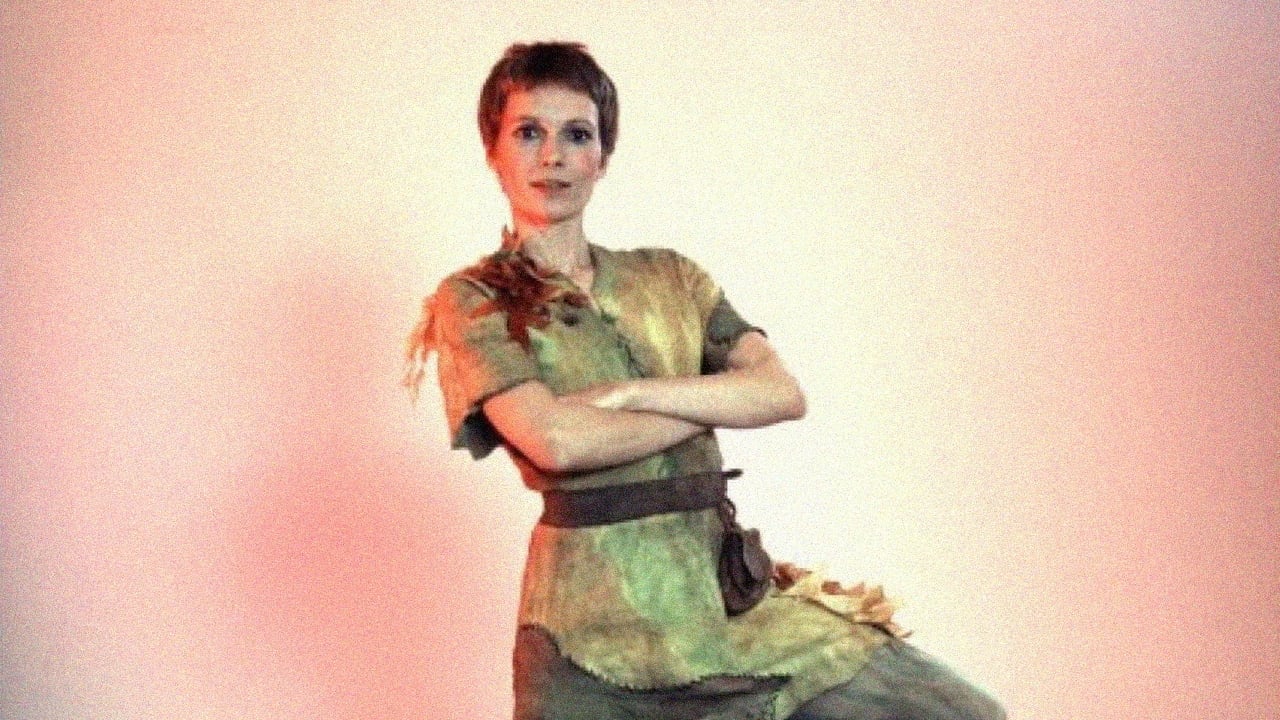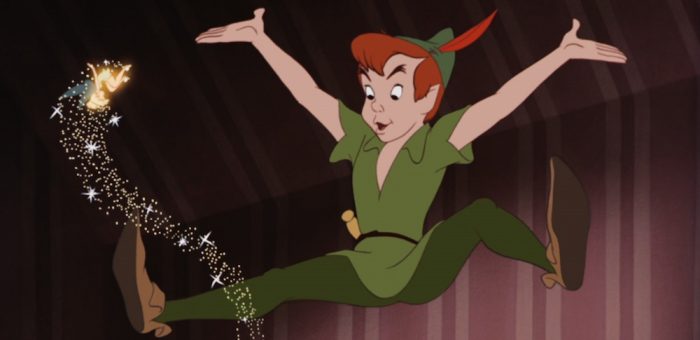


I have just described the "Main Titles" of Howard's Peter Pan in other words it is just what you would expect.

You might throw in some swirling strings and low male voices accompanied by brass to symbolize the dreaded pirates, but that theme would not last for very long as the light spirit of the opening would overcome all obstacles. The celeste would soon be joined by a wordless children's choir and then the full orchestra in a statement of the original celeste theme. You probably would begin with a celeste, daintily dancing in lilting 6/8 time. Think for just a moment how you would score a movie about a young boy who refuses to grow up, flies and can impart that ability to others by sprinkling pixie dust, and does battle with a band of nasty pirates. Howard's Peter Pan, while not up to the level evidenced in last year's Signs, is a strong piece of writing, expanding upon film music clichés in surprising ways. Perhaps there is some justification for the comparison as both movies lacked the special spark that makes such movies classics, and in both instances the score, written for huge symphony orchestra, stands up so well on its own, but in the end it damages more than it illuminates. Since there have been so few live-action versions of the Peter Pan story, and since the last was Steven Spielberg's sequel Hook, Howard's score has received much comparison to John Williams' magnificent writing for that movie. Barrie's classic novel Peter Pan that P.J. Therefore it was no surprise to see that he had been picked to score the new live-action version of James M. He has become Disney's composer of choice for animated projects that do not involve inanimate objects singing: his Atlantis score soars with rich orchestral themes, his Dinosaur score creates an expansive backdrop for those noble creatures, and even his oft-overlooked Treasure Planet score dances with charm. James Newton Howard has more than proved himself an able writer of high-spirited children's adventure scores.


 0 kommentar(er)
0 kommentar(er)
